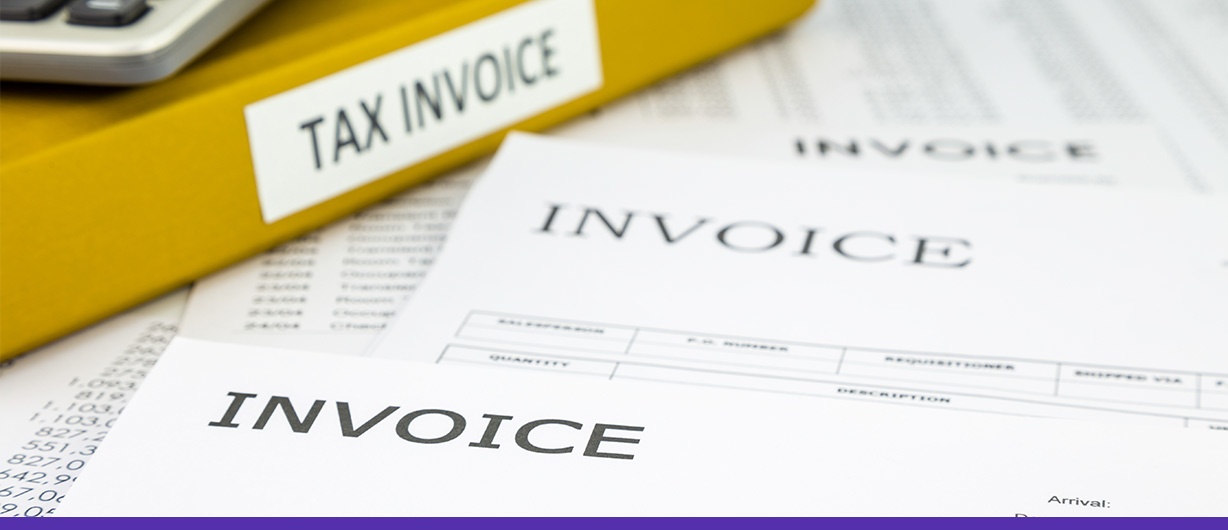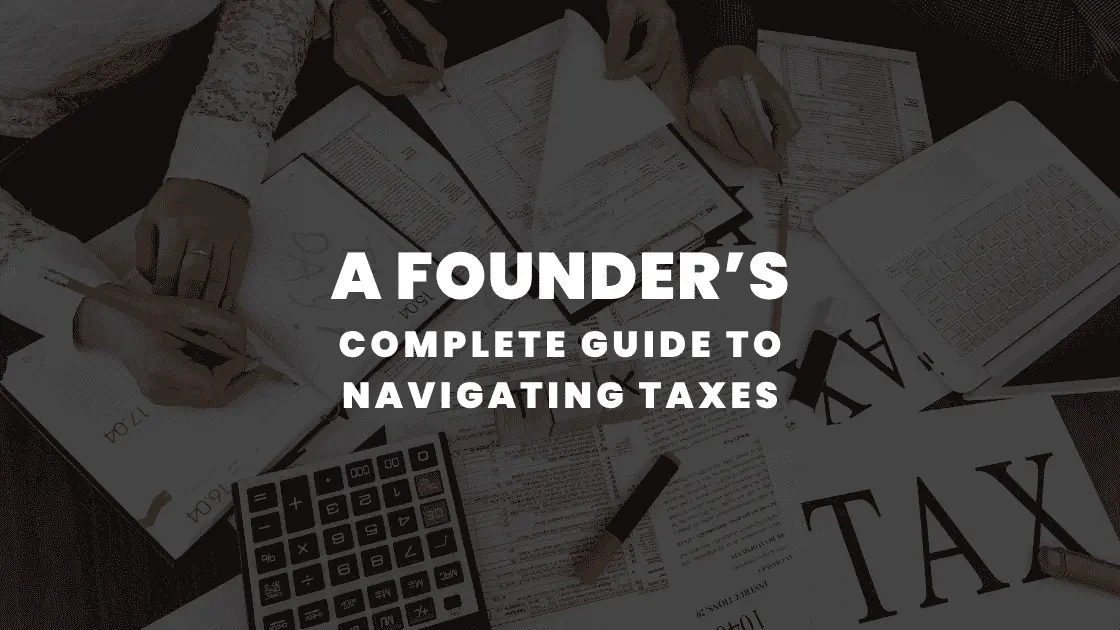December 1 2022 | By Wajiha Danish | 5 minutes Read

A tax invoice is a vital piece of evidence that a seller gave services or goods to a buyer. A customer can demand a tax invoice for their own record, but if the seller is not registered, he would not be able to produce one.
To understand more about what is a tax invoice, let’s throw more light on this topic and learn how it’s generated and its key elements.
Whenever a seller makes a taxable sale, they will issue a tax invoice to the client. The tax invoice can help the client avail tax credit on their purchased goods or services.
So, what exactly is tax invoicing?
In simpler terms, a tax invoice is a legal documentation showcasing the payable tax issued by the seller to its buyer. Most of the time, the tax invoice includes the name of the product and its description along with the date, invoice number, taxation amount, and the services or products rendered.
The tax invoices can be original or duplicate, depending upon the requirement. Tax invoices are very different from standard receipts or invoices.
Usually, an invoice requests the customer to make the payment as it proves the payment against the services. In contrast, the tax invoice showcases the amount of the tax payable from a given transaction.
A tax invoice consists of the following key elements:
– The term “Tax Invoice”
– Name, address, and contact details of the registered seller
– Invoice number
– Date of issuance of the invoice
– Name and address of the customer
– Tax identification number
– Quantity of the product
– Price per unit
– Tax charged against each item
– Total amount of the product, including the tax
– Details of payment
As tax invoices are submitted to the government, it is crucial that all the important information is written in the invoice; otherwise, the seller or the customer cannot claim the due tax credits.
It is important to note that the tax invoice elements may vary from one country to another; therefore, it is always a good idea to check the local tax authority rules or get guidance from a local tax consultant.
Tax invoices can be very useful for various reasons apart from accounting purposes. Here are some of the reasons which make tax invoices necessary and useful.
– They validate the tax-registered clients’ claim to avail tax credits.
– To be sure that the goods or services are well within the taxable period.
– To find out the due date of the payment with the help of a tax invoice.
– Recognition of transactions and tax identification number according to the respective state’s tax system.
– Tax invoices help the governing authority to prevent any kind of tax evasion.
– Helps in claiming tax relief.
– Tax invoices help in calculating the taxes accurately.
Tax invoices are immensely significant because they showcase that a business is entitled legally to collect tax on every transaction.
In most countries, if a business is registered to have tax collected, it must utilize a tax invoice to comply with government taxation laws. This ensures that their accounting records are up-to-date and accurate for the current financial year.
The seller usually creates invoices and receipts to validate their sales to the buyer. Even though these documents might contain more or less similar information, therefore a tax invoice is not similar to a receipt.
An invoice is usually sent to the client before the payment is made and used as a tool for payment requests. It contains the price of the product or service; the discounts offered on the tax payable amount and the contact details of both the seller and the customer.
On the other hand, a receipt is issued to the customer once the payment has been made. This is evident that the taxable sale was finalized and processed in the form of payment from the customer to the seller. A receipt is also proof of ownership. It has all the services and products rendered listed on the invoice, along with the taxes, payment methods, discounts, prices, and the amount paid by the customer.
An invoice is very different from a receipt, as the main objective of an invoice is to request payment for the services or products delivered. In contrast, the receipt proves that the payment is made for specific services or products.
Good tax invoicing is a name given to all the processes that assist in keeping the cash flow in check with respect to the tax obligations to maintain accurate accounting records.
Some of the good tax invoicing tips are:
– Keep Records: Always maintain the records regarding all the tax invoices in one place.
– Never Skip Details: Ensure that all the essential details are included in the invoices so that it becomes easier for the buyer to understand.
– Follow Up For Unpaid Invoices: Always stay on top of your invoices’ due dates to avoid any delays in the payments that can negatively impact the cash flow.
A tax invoice is the summary of goods sold, the tax charged at the time of services provided, and other services taxes.
It is a sheer piece of evidence that states that a registered vendor delivered goods and services to the registered customers who might want to avail of the tax credit in the future.
See Also: Startup R&D Tax Credit: What You Need To Know
Subscribe for business tips, tax updates, financial fundamentals and more.
MORE BLOGS

Starting a business is exciting, right? There’s innovation, there’s growth potential, and the thrill of building something from scratch. But amid all the planning, entrepreneurs often […]
Learn More →
Starting a business is quite thrilling, until tax season arrives. For founders, understanding the nitty gritty of startup taxation can make a difference between financial efficiency […]
Learn More →
Tax season can be overwhelming, especially when you’re staring at multiple forms with numbers instead of names. Two of the most common, and often misunderstood, are […]
Learn More →